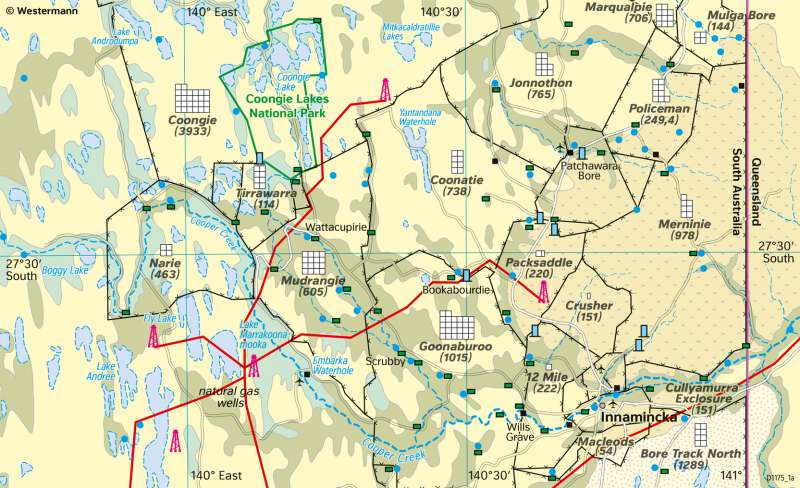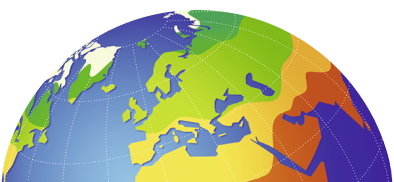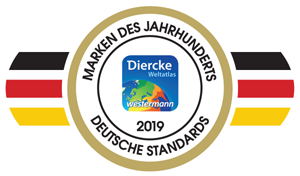Innamincka Region (South Australia) - Pastoral economy in the Outback
Hazardous environment
978-3-14-100890-6 | Page 166 | Ill. 3

Overview
The area around the Outback town of Innamincka is located in South Australia, close to the border to Queensland. Being long inhabited by Aboriginal people, the first Europeans arrived in the region in 1845. In 1890, a small town existed here, which has since functioned as a service centre for the surrounding area. From the beginning of the 20th century, the area’s economy was predominantly based on cattle farming. Since the 1960s, tourism and the extraction of oil and natural gas have given the region new economic opportunities.
Cattle farms and pastures
The economy of the Innamincka region is mainly based on cattle farming. The land belongs to the Australian government and is leased out to pastoral companies which often run several adjacent properties. Nearly all pastures in the area belong to the Innamincka Station which is run by one of the biggest Australian pastoral companies. Innamincka Station covers more than 13,000 km² of land.
The station’s pastures are fenced-off areas of several hundred to several thousand square kilometres where the cattle can graze freely. They contain only few structures, such as water tanks, farm posts or paddocks, where the cattle can be herded together.
In the area shown on the map, about 20,000 cattle are kept. The stocking density depends on the natural conditions of the pastures. The eastern part of the region is arid to semi-arid, with steppes, semi-deserts and dune landscapes, allowing only about 1 animal per km² to graze there (for example in the Coonatie pasture). The western part of the region is located on the floodplain of Cooper Creek. There is a large network of semi-permanent lakes, wetlands and waterholes called the Coongie Lakes which are flooded periodically by waters carried by Coopers Creek from as far as north Queensland. The vegetation is mostly steppes and grasslands, so the stocking density reaches up to 8 cattle per km², e.g. in the pasture Tirrawarra.
Other economic uses
Besides cattle farming, natural gas is produced in several gas fields. They are connected via smaller pipelines to a gas pipeline running from Brisbane to Adelaide. The region also attracts some ten thousands of tourists each year. Coongie Lakes National Park is a popular destination for four wheel drivers. The sand dunes and extensive wetlands are a habitat for more than 350 species of plants and 80 species of birds.
Author:
Christoph Zwissler
Water supply
In this semi-arid and arid region, an artificial water supply is necessary in almost all pastures. Due to the lakes, wetlands and waterholes in the west of Innamincka, some artificial wells are sufficient. In the drier areas in the east water is supplied to the animals by huge water tanks.
Author:
Christoph Zwissler
Link
https://www.abc.net.au/news/2019-02-25/do-it-yourself-telehealth-clinic-coming-to-innamincka/10845556
(as of September 15, 2021)




